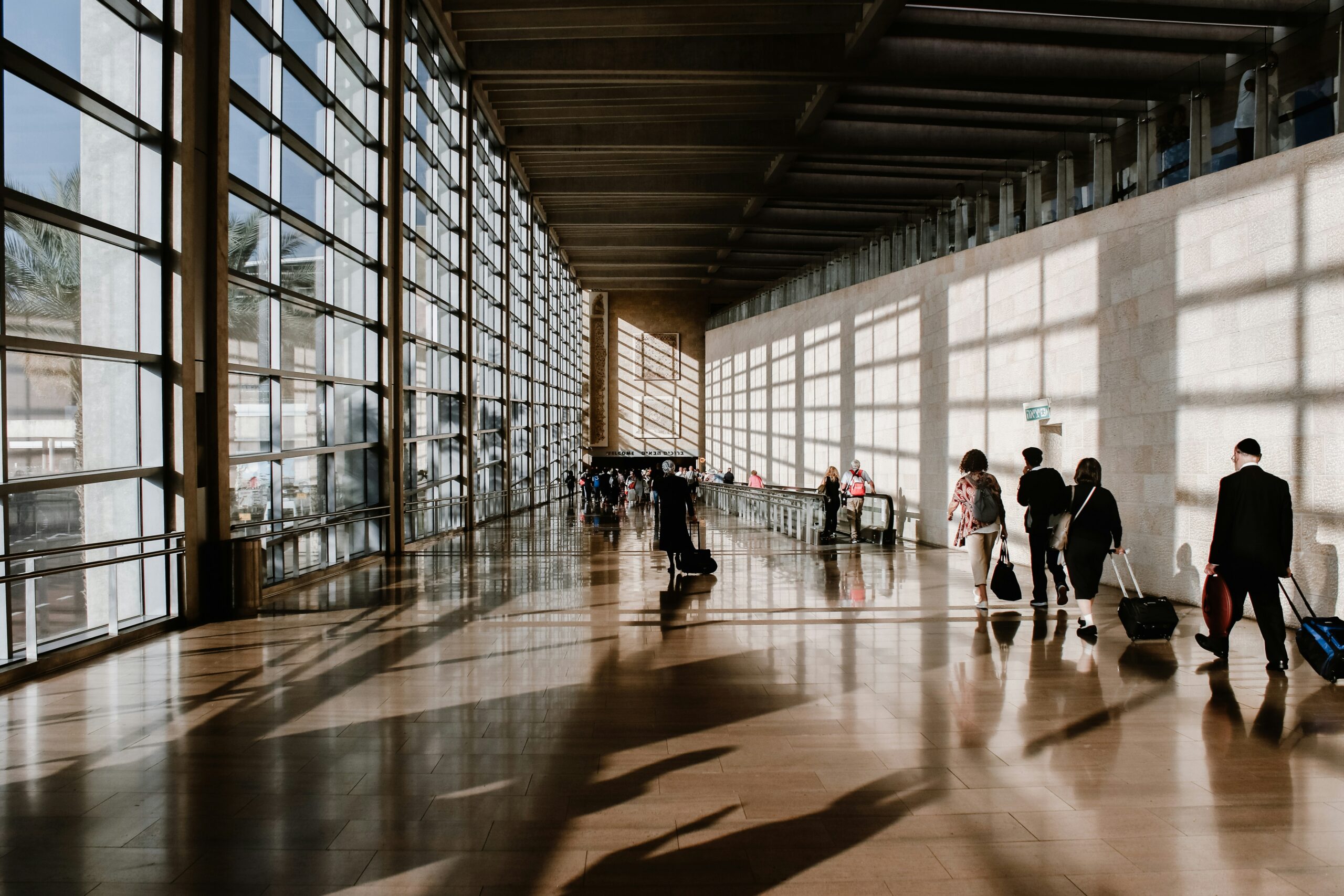For Schubert Lou, chief operating officer at Trip.com, 2025 marks a defining moment for the travel industry, driven by two forces: the full return of Asia, including China and the rapid acceleration of artificial intelligence (AI).
These twin forces will create a fertile environment for the region to lead, even leapfrog, in technology and AI innovation and produce more use cases than in any other regions—not only in travel but across industries such as robotics, drones and electric vehicles.
Subscribe to our newsletter below
“We have a relatively younger population in Asia that is tech-savvy and more willing to adopt new tech and offerings than in other markets,” Lou said. “This demand and companies meeting that demand will prompt a leapfrogging in innovation.”
He cited a few examples:
- DeepSeek turbocharging AI: “Its innovation was open source and it changes the game completely.”
- Drones: “DJI controls 70% of the global drone market, and China’s ‘low-altitude economy’ is driving the next wave of transportation innovation, including drone-based tourism.”
- Robotics: “Boston Dynamics has been pioneering robotics for years, but now companies like Unitree are pushing advanced humanoid robots into mainstream use.”
- Electric vehicles (EVs): “China’s EV industry is booming because companies are solving real pain points. BYD’s fast-charging technology addresses charging station congestion, while Xiaomi’s SU7 electric car rivals Ferrari in speed but costs a fraction of the price.”
“Companies here are leapfrogging not for the sake of leapfrogging but because there’s a business model, and they are solving local pain points as they arise,” Lou said.
This, he said, will also happen in travel.
“The role of AI and how it will affect supply and demand will fundamentally change travel—we are entering a new tech paradigm—and the emergence of Asia-plus including India and the Middle East will move the needle even further.”
The full return of Asia: Adding more product lines
First, [there is] the full return of Asia this year.
“In 2023 to 2024, it was more about recovery post-COVID, and Asia was a bit behind,” he said. “But by the middle of last year, China-related recovery started happening. China is now among the top three markets again to Thailand, and the Chinese government’s inbound-friendly policies helping recovery on flights and lowering prices.”
Second, intra-regional travel is getting stronger.
“Japan is a strong inbound hub, Thailand remains strong and in outbound, Korea is stellar,” Lou said. “Speaking to a lot of partners, we see that Asia is now their focus, with the U.S. and Europe leveling off, even slowing down.”
Thus, in addition to doubling down on tech in general, Lou said the group would invest a lot more in Southeast Asia, broadening its reach in less developed markets such as Indonesia, Philippines, Malaysia and Vietnam, while diversifying its product line in more matured markets like Singapore, Hong Kong and Taiwan.
“This year, we will add group tours, private tours and cruises—we have more product lines coming onboard. Indeed, the Singapore office has expanded so fast that we now need another floor,” Lou said.
Infusing AI into products and service
Third, the new tech paradigm comes with lower costs.
The role of AI and how it will affect supply and demand will fundamentally change travel—we are entering a new tech paradigm—and the emergence of Asia-plus including India and the Middle East will move the needle even further.
Schubert Lou, Trip.com
“With traditional LLMs [large language models], there is still a cost element—the cost per token is dropping, but the cost per answer is increasing,” Lou said. “Open source reduces the costs.”
“We are infusing AI into our products and service operations. Co-piloting is happening in many of our operations. Whether a refund is doable or not, the co-pilot tells the service agent immediately—95%, go for it. It’s like having a supervisor sitting next to you.”
Calling it the “Year of Agentic AI,” Lou said, “This is the next wave. We are experimenting with the agents—how does the agent tie in with chatbots or AI, how do conversational agents and action agents come together?”
“Post-booking, I want a refund—that’s easy, rules can be automated, the machine can decide. Pre-booking is more complicated. You can ask AI to book a flight but where do you want to sit—that’s one of the decision points. There are nuances within the booking flow.”
Displacement of the human or OTA?
Ultimately, the question is, how much of an old school travel agent can the machine replace? When online travel agencies (OTAs) first came into the picture nearly 30 years ago, it was thought they’d replace most of the traditional travel agents, but it hasn’t quite happened.
“Yes, it’s been slow,” Lou said. “Tech has helped mainly in the post-booking, but most of the work is still with the consumer. But with AI and reasoning models, and chain of thought, it’s a different story. We have a level of intelligence that wasn’t available, with reasoning and context. If OTAs can provide the context, there could be a dramatic shift.”
“In certain scenarios, such as a business traveler who goes to similar locations, with repetitive actions, there could be enough sample for the machine to replace 50% of what a human can do. For long tail trips like to the South Pole, it might be harder to do.”
So where will the use cases be where humans are needed?
“At times of uncertainty—my flight just got canceled and there’s a level of anxiety,” Lou said. “It also depends on the customer—older people might need humans. Gen Z might be okay dealing with an AI agent.”
He sees a hybrid future—human in front, machine at the back “where human and machine will have to come together.”
So, if I, the human, can have an agent that can plan and book my travel, why would I need an OTA, I asked?
“Can the agent handle the supply side? If you’re scraping my site, you’re still using my site,” Lou said. “You just don’t have to click on the screen. The industry is quite complex, lots of layers—unless supply comes to the table and open up their APIs [application programming interfaces], or unless OTAs go completely B2B—but that would be sabotaging itself, surrendering its direct traffic.”
“Nobody knows the answer. Remember the mini-program? We thought it’d replace the OTA channel, but 10 years later, it’s just another channel, a sizeable share, but it hasn’t replaced anything.”
The rise of experience-driven travel
One trend Lou is particularly excited about is the growth of event-led tourism. “Marathons, concerts and exclusive events are driving travel demand,” he said, citing the Taylor Swift effect in 2023 and Lady Gaga’s upcoming exclusive performance in Singapore.
“In China alone, there are more than 700 marathons, each attracting tens of thousands of runners. But the demand is 10 times that,” he noted.
AI’s future: A marathon or a sprint?
So, is AI in travel a marathon or a sprint?
“No,” Lou said. “A marathon has a clear objective. AI is a series of sprints—everyone is innovating in different ways, and the landscape is constantly shifting.”
What’s clear is that AI and Asia’s resurgence are converging to reshape the travel industry at an unprecedented pace. The question isn’t whether travel will change—it’s how fast it will happen.







